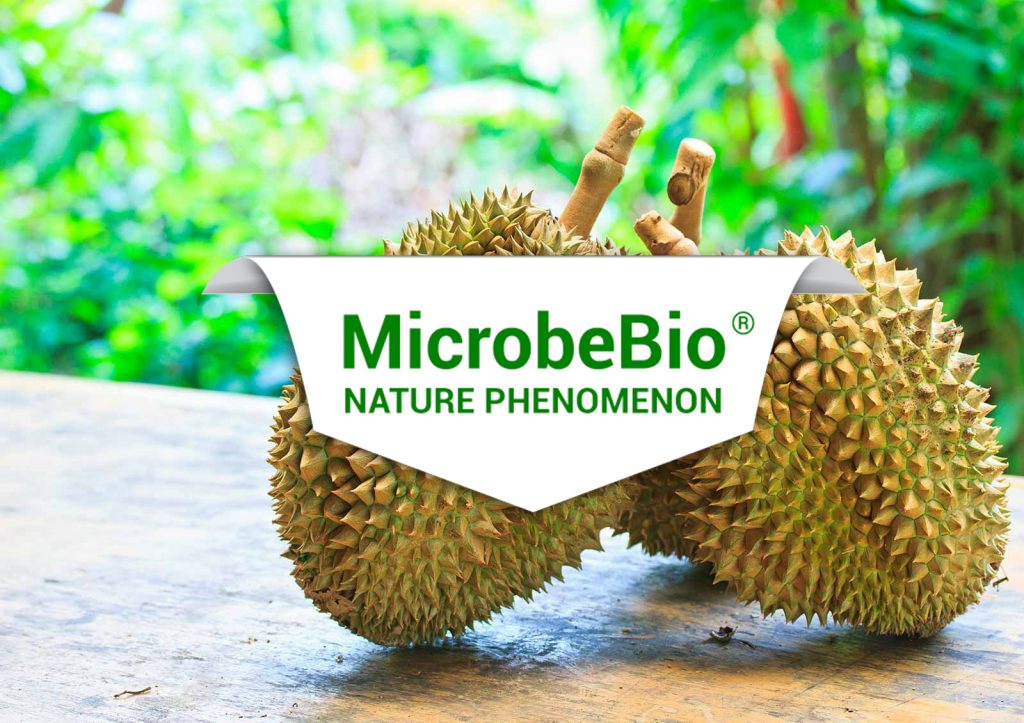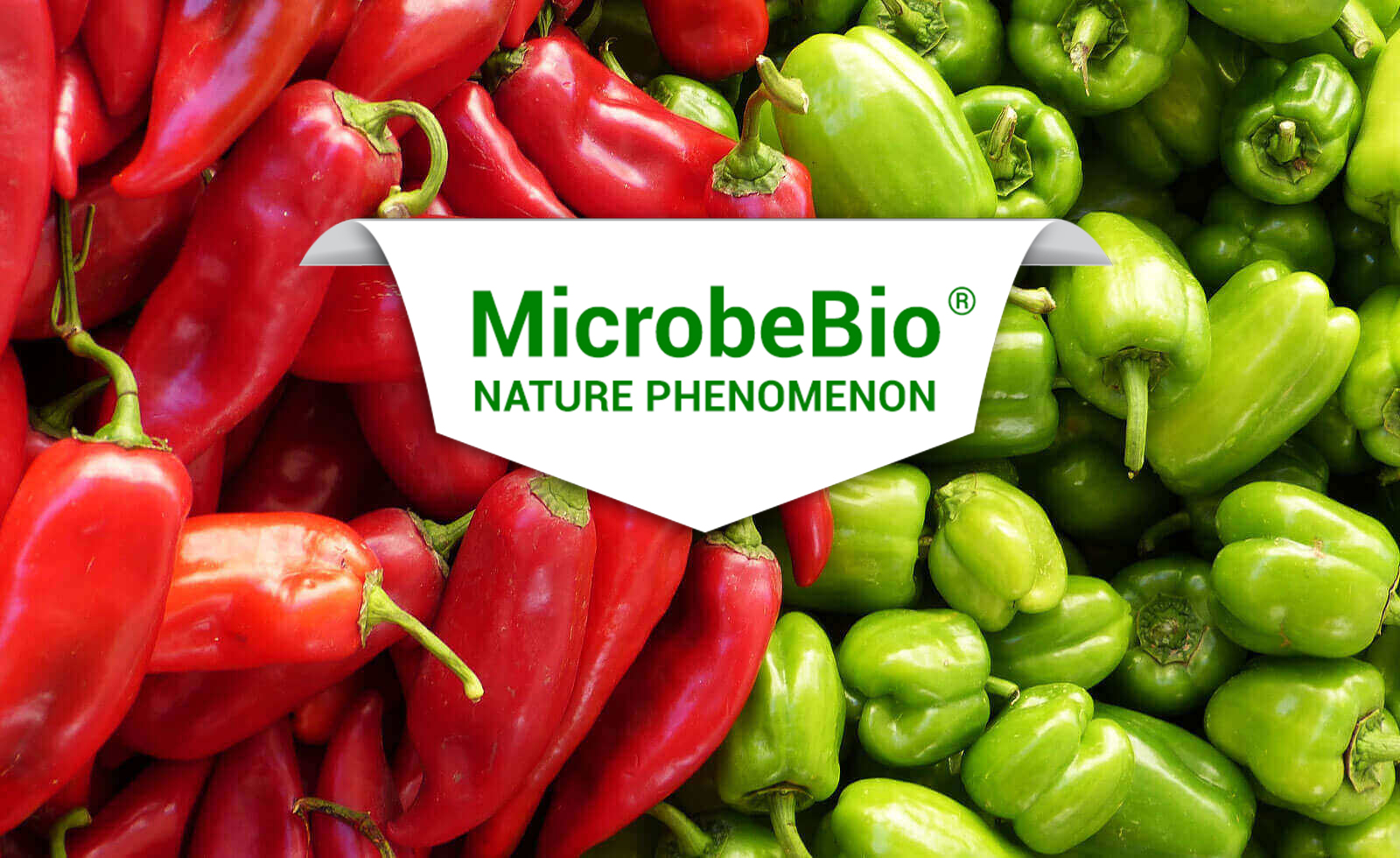MICROORGANISM FUNCTIONS
Undisputed fact that microbes play an integral role in plant nutrition and health as well as soil health. Agreed
Products seem to be provided in the sporadic form, meaning they will only be active in your fields once conditions are favorable. The bacteria will be in an endospore form and will become actively viable and growing once the soil temperatures reach and maintain a soil temperature of 60oF (15oC). Once this is achieved then the spores will come out of sporulation and will become actively viable and will work to metabolize the organic nutrients in the soil. However, we have seen that even under unfavorable conditions (drought, salinity, cold temps, etc.) that the bacteria still work just at a slower metabolic pace. Thus the microorganisms will work even under unfavorable environments and climates, just at different rates.
The term “more than 50+ unique varieties of soil microbes” and ” 50 plus strains of highly concentrate beneficial microbial spore ” is somewhat vague, there is no mention of any specific micro-organism or strain? Most microbes are not compatible in blends as they do affect each other growth and survival as they compete for resources. Yes, there are over 50 strains represented in the product. We have conducted extensive compatibility testing to ensure that all strains will work together in concert and synergy. Our labs perform >1,000 bioassays, enzymatic and biochemical tests on each strain to fully characterize each microorganism performance in a variety of ecosystems and climates. We deliberately blend all the microorganisms together, based on these bioassays, in a way that allows for a full nutrient cycling completion in the soil. We have learned that a consortium of microorganisms is critical to allow for full and complete cycling of many nutrients in the soil. Basically, we have seen that the waste products of one species is the food source of another microbial species. Through our product consisting of >50 diversified species, we believe that these species will be compatible and effective in fully completing cycles and cascades in the soil for nutrient availability and optimization. This will also provide greater biodiversity at the root zone which is critical for healthy plant development.
There are similar products with proven results in SA and Africa which provide the exact microbial makeup and which are supplied in living form (not spores) Our products are grown as viable bacteria and sporulated through our fermentation process prior to packaging. These organisms are best packaged and stored as endospores and not actively growing viable cells. The reason we prefer spores is due to the fact that we can limit metabolism and catabolism in the container and also increase shelf life versus products packaged as actively growing cells. Microbial products that do not offer endospores risk excessive genetic mutation of their bacterial cells. We have learned that even 1 additional division cycle of the bacteria will allow for >15,000 genetic point mutations in the bacterial DNA. This is not desirable, because excessive mutations can lead to mutant cells that do not perform the way they were intended in the field (actively growing cells have this issue). Thus converting our products into an endospore form will guarantee fidelity (long-term activity) of our products and significantly reduce genetic mutations and contamination. Other products that choose not to do this with their product cannot make the same guarantees and allow for greater risk of their bacterial products, contamination, and much lower shelf life. Additionally, products that offer viable cells in a container risk jug expansion or compression because of excess metabolism or CO2 production in the container. Thus products sold in the marketplace as actively growing, are just that and are undesirable. They do not offer the same safety profile or QC/QA as the MicrobeBio product. Therefore, a product under stable and sporulated form is superior to an actively growing strain. Endospores are absolutely the preferred form due to their preservation, fidelity, quality assurance of performance in the field and high shelf life.
I recommend products of single strain organisms as this ensures product vigor, prevents product contamination and guarantees product content and reference. A specific bacillus strain may have a beneficial effect on maize and a detrimental effect on soybeans for example. We have seen through extensive research that single strain products are inferior to consortium products comprised of a biodiversity of species because of the fact that a monoculture strain can easily be overcome by opportunistic pathogens in the environment. Also monoculture products, under adverse conditions can succumb to lysing, denaturation of its DNA and death. If this happens then there are no other beneficial microorganisms that will take its place as a redundancy mechanism. Therefore, we discourage single strain products due to the lack of biodiversity, redundancy and its predisposition to genetic mutation away from the original Parent cell lineage. As a substitute, we believe through many trials that a consortium of microbes offers much greater biodiversity and redundancy that allows for accelerated organic mineralization in the soil, nutrient release, perimeter protection against pathogens, improved soil tilth leading to better air and water channeling as well as season-long composting by the bacteria. As I stated above, we also have found out that cycling and cascading effects are extremely important in the soil by microbes to allow for full and complete nutrient and mineral cycling. A monoculture does not have the microbial counterparts to complete nutrient cycling in the soil. Also, there are no counterparts to shuttle by-products of metabolism from one microbe to another for full cascading to take place in the soil. A monoculture of bacteria fails in many ways. One more thing, our microbes work in concert and synergy with the rhizosphere to play a key role in nutrient release and protection. The nutrient cycling and cascading effect is a significant parameter we followed while formulating the products. Additionally, there is a risk or detrimental effect that will be seen by applying our microbes to a plant or field. The microbes have no Salt Index and there is no risk of over-applying microbes to the field. The bacteria will not have a negative effect on a crop but will simply work in concert with the other microbes to accelerate mineralization for improved plant nutrient uptake.

Microbial products such as these have a limited shelf life and require a cold chain storage and transport system, both of which have a marked effect on product quality and efficiency as these organisms may lose vigor. This is not true of our products. All of our products have good shelf lives. As a dry product, our shelf life is 5 years. As a liquid, our shelf life is 2 years. Many actively growing strains in the marketplace have limited shelf lives and jug compatibility. Also, they require refrigeration or will die. None of our products require special treatment, besides keeping them away from rain if at all possible while being stored.
